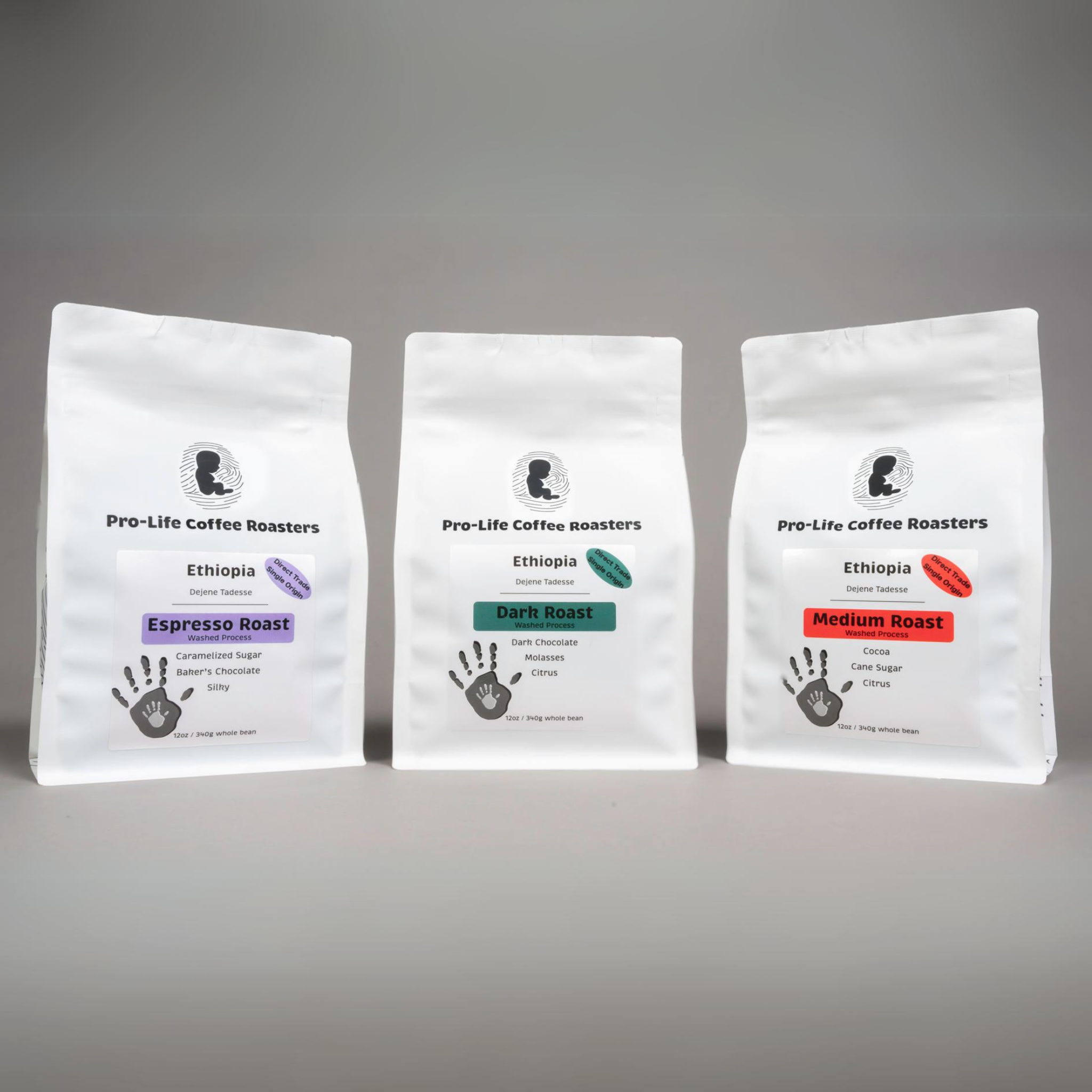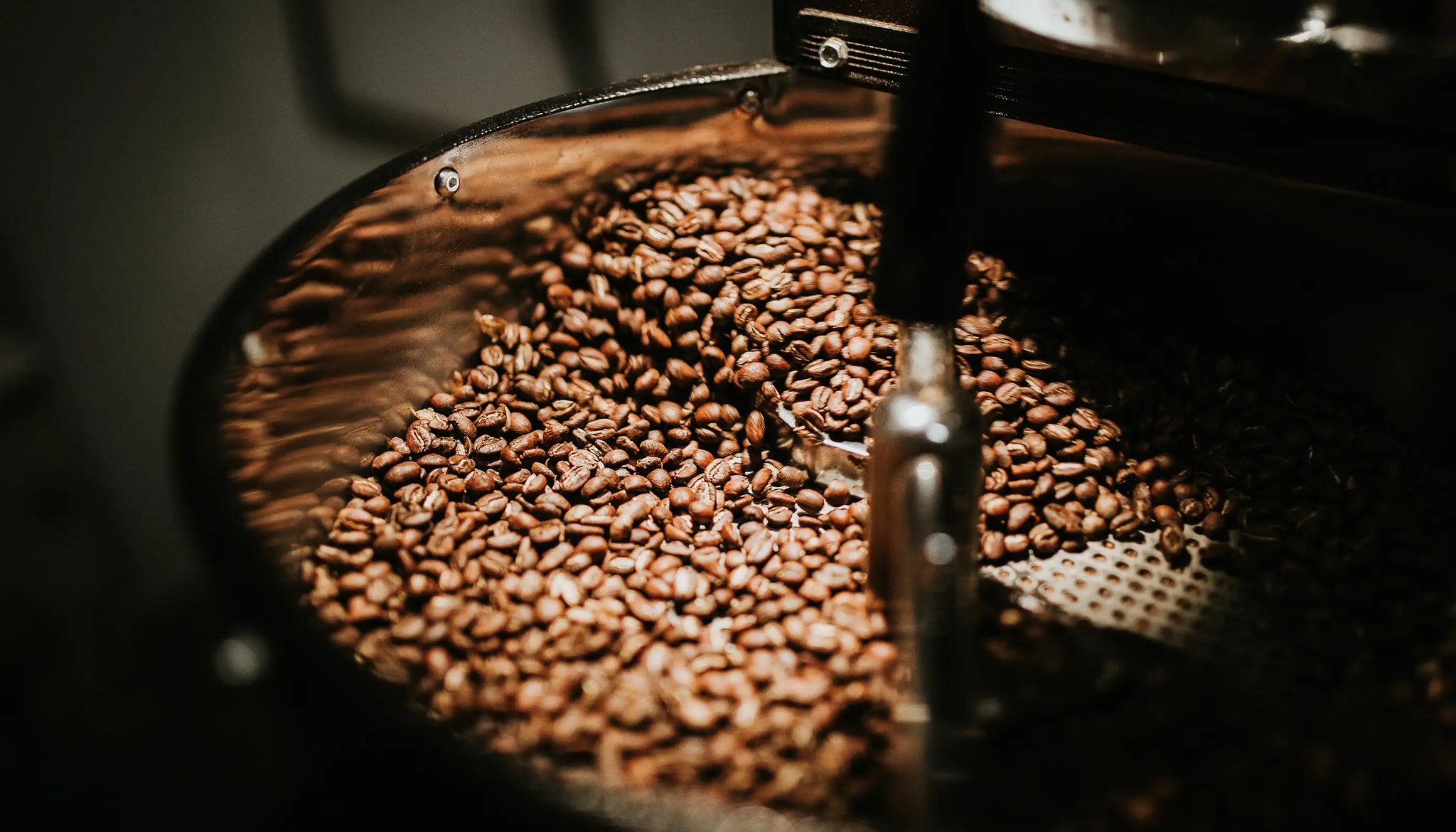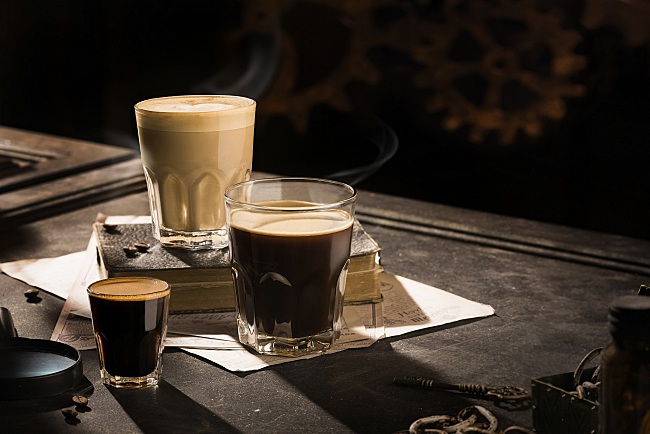Pairing Food and Desserts with SOE Single Origin Espresso
Pairing Food and Desserts with SOE Single Origin Espresso
Blog Article
Understanding Coffee Beans: the Journey From Coffee to Blended Coffee Beans

The Origins of Coffee: A Global Perspective
While you may consider coffee as a modern staple, its beginnings trace back centuries, intertwining with cultures around the world. The tale starts in Ethiopia, where legend states a goat herder named Kaldi found the stimulating results of coffee beans after noticing his goats romping vigorously after consuming them. This sparked interest, leading to coffee's spread to Arab traders who cherished the brewed beverage. By the 15th century, it got to Persia, Egypt, and Turkey, where coffee shops ended up being social hubs for conversation and society.
As trade courses increased, coffee made its means to Europe in the 17th century, quickly gaining appeal. It changed from a magical drink into a day-to-day routine, motivating events and intellectual exchanges. Each society added its distinct spin to coffee preparation, enhancing its background. This global trip highlights just how coffee links us, transcending borders and unifying varied traditions through a basic bean.
Growing and Harvesting of Espresso Beans
As coffee's trip evolved, the emphasis moved to the farming and harvesting of details bean varieties, especially those used for espresso. You'll discover that espresso beans typically originate from Arabica or Robusta plants, each offering distinctive tastes. The ideal growing conditions consist of high altitudes and abundant, well-drained soil, which improve the beans' quality.
Throughout the harvest, choosing methods vary. In some regions, workers hand-pick ripe cherries, making certain only the finest fruit goes to processing. In various other locations, mechanical farmers are used, particularly on larger ranches. When the cherries get to peak ripeness for optimum taste., timing is essential; you want to harvest.
As soon as collected, the beans are gotten ready for handling, which is crucial in identifying their last preference. Understanding the cultivation and collecting processes provides you insight right into what enters into your preferred espresso, enriching your appreciation for each cup.
Handling Approaches: From Cherry to Bean
Since you have actually learnt more about harvesting espresso beans, let's discover just how those cherries transform right into the coffee beans you enjoy. You'll see how different harvesting methods effect flavor, followed by the crucial steps of fermentation and drying. We'll damage down the milling and grading procedure that determines your coffee's quality.
Collecting Strategies Explained
When it comes to coffee, recognizing harvesting strategies is important, considering that they directly influence the flavor and top quality of the beans you appreciate. Careful selecting includes hand-picking just ripe cherries, guaranteeing you get the finest quality beans. Inevitably, the selection of gathering strategy can considerably affect your coffee experience, so it's worth recognizing how those beans made it to your cup.
Fermentation and Drying
After gathering, the following steps in handling coffee beans play a significant function in forming their taste. You'll discover that fermentation is vital, as it aids damage down the mucilage surrounding the beans, enhancing their taste account. Relying on the method, this process can last from a few hours to a number of days, with varying results based upon temperature level and humidity.
Sun-drying enables the beans to take in tastes from the atmosphere, while mechanical drying warranties regular moisture levels no matter of weather. Correct drying out is essential to protect against mold and maintain the beans' quality, eventually influencing your cup of coffee.
Milling and Grading Refine
As fermentation and drying out set the stage for flavor advancement, the milling and grading process guarantees that only the best coffee beans make it to your cup. This stage entails getting rid of the outer layers of the coffee cherry, consisting of the parchment and husk. Top notch beans get a higher quality, resulting in a richer coffee experience.
Roasting Techniques: Unlocking Taste Prospective
When you roast coffee beans, the method you select can substantially impact the flavor account. Understanding the relationship in between time, temperature, and toasting techniques is vital to disclosing the potential of your brew. Allow's check out just how these aspects collaborated to develop the best cup.
Roasting Techniques Clarified
While you may assume that all coffee toasting approaches produce the very same results, the fact is that each method reveals special flavor capacities in the beans. Drum toasting uses a rotating drum to uniformly disperse warmth, boosting caramelization and producing a balanced taste. Air roasting, on the other hand, distributes hot air around the beans, advertising a lighter roast with pronounced acidity.

Influence On Flavor Account
Different roasting methods not only affect the procedure but also substantially affect the flavor profile of the coffee beans. When you choose a light roast, you'll experience bright level of acidity and floral notes, showcasing the bean's beginning. On the other hand, a medium roast equilibriums acidity with sweet taste, often exposing chocolatey touches. Dark roasts, on the other hand, bring out strong, great smoky tastes, in some cases masking the bean's one-of-a-kind attributes. Each strategy discloses different oils and compounds, bring about a variety of flavors. By explore different roasting styles, you can find which accounts resonate with your taste. Comprehending these nuances assists you value the virtuosity behind your cup of coffee, enhancing your overall experience with every sip.
Time and Temperature Level Aspects
To release the full flavor capacity of coffee beans, both time and temperature level during the toasting procedure play substantial functions. When roasting, you'll find that greater temperatures can rapidly develop tastes, but if you hurry it, you might end up with charred notes. Conversely, lower temperatures enable an extra gradual flavor growth, showcasing the beans' special characteristics.

Timing is just as crucial; extending the roast also long can result in a loss of level of acidity and illumination, while as well brief a roast might leave the beans underdeveloped. Discovering that wonderful spot needs technique and experimentation. By adjusting these elements, you can expose the rich, complicated flavors hidden within each bean, producing an absolutely exceptional coffee experience.
The Art of Mixing: Crafting One-of-a-kind Coffee Accounts

Beginning by choosing a base coffee that offers a solid structure. A bright Ethiopian bean can bring fruitiness, while an abundant Brazilian coffee includes body.
As you mix, remember that each combination informs a tale. You're not simply making coffee; you're producing an experience. Take your time, preference often, and delight in the journey of discovering your trademark blend - Single Origin Espresso.
Developing Approaches: Just How Preparation Influences Flavor
Mixing coffee opens a domain of taste possibilities, however exactly how you make that mix can significantly influence your last mug. Various developing approaches remove special flavors and scents, so it's crucial to choose intelligently. For example, a French press allows sediments and oils to remain, creating a rich, full-bodied experience. On the other hand, a pour-over highlights the coffee's clearness and illumination, ideal for showcasing fragile notes.
Espresso, with its high pressure, produces a concentrated shot that emphasizes sweet taste and crema. If you like a lighter brew, think about a cool mixture approach; it yields a smooth, much less acidic taste.
Adjusting variables like water temperature, grind dimension, and brew time can change your coffee's profile. Accept the art of brewing to discover the tastes hidden in your coffee blends.
The Future of Coffee: Sustainability and Development
As the coffee market evolves, sustainability and development are coming to be vital for resolving environmental obstacles and meeting consumer demands. You'll observe that even more coffee firms are taking on environmentally friendly methods, from sourcing beans ethically to executing sustainable farming methods. These changes not just assist the world however additionally boost the top quality of the coffee you enjoy.
You might see advancements like eco-friendly packaging and water-saving brewing techniques that minimize waste. Advanced modern technology, such as blockchain, is additionally coming to be preferred, making certain openness in the supply chain, which permits you to map your coffee back to its origins.
Furthermore, buying local communities and supporting farmers with reasonable profession efforts promotes a more sustainable coffee community. As you drink your following mug, keep in mind that your options can contribute to a brighter future for coffee. By choosing lasting brands, you're not just delighting in a beverage; you're making a favorable influence on the world.
Frequently Asked Concerns
What Is the Difference In Between Arabica and Robusta Beans?
Arabica beans are smoother, sweeter, and have a higher acidity, while robusta beans are more powerful, more bitter, and have even more caffeine. When brewing your coffee., you'll observe these differences in flavor and fragrance.
Exactly How Does Altitude Affect Coffee Bean Taste?
Altitude impacts coffee bean taste considerably. Greater elevations produce beans with brighter acidity and complicated tastes, while lower elevations commonly yield beans that are much heavier and much less nuanced. You'll notice these differences in your cup!
What Are the Wellness Advantages of Alcohol Consumption Coffee?
Drinking coffee can boost your power, boost mental emphasis, and also enhance physical performance. It's abundant in anti-oxidants, may lower the danger of particular diseases, and can advertise a much healthier metabolic rate when consumed in moderation.
Can Coffee Beans Be Recycled for Developing?
Yes, you can recycle coffee beans for brewing, however the taste could be weaker. If you enjoy exploring, attempt reusing them in different methods, like cold brews or including to smoothie mixes for an added kick.
Exactly how Should I Store Coffee Beans for Freshness?
To maintain your coffee beans fresh, keep them in an impermeable container in a cool, dark location. Avoid revealing them to moisture, heat, or light, as these elements can swiftly weaken their taste and fragrance.
Understanding Coffee Beans: the Journey From Coffee to Blended Coffee Beans.
Currently that you have actually found out concerning collecting coffee beans, allow's discover exactly how those cherries change right into the more info here coffee beans you like.When you roast coffee beans, the technique you pick can significantly affect the flavor account - Single Origin Espresso.While you could assume that all coffee toasting techniques produce the exact same results, check these guys out the truth is that each method exposes special flavor potentials in the beans.Different toasting techniques not only affect the procedure however likewise considerably impact the flavor profile of the coffee beans
Report this page